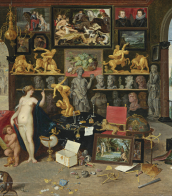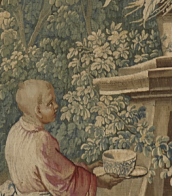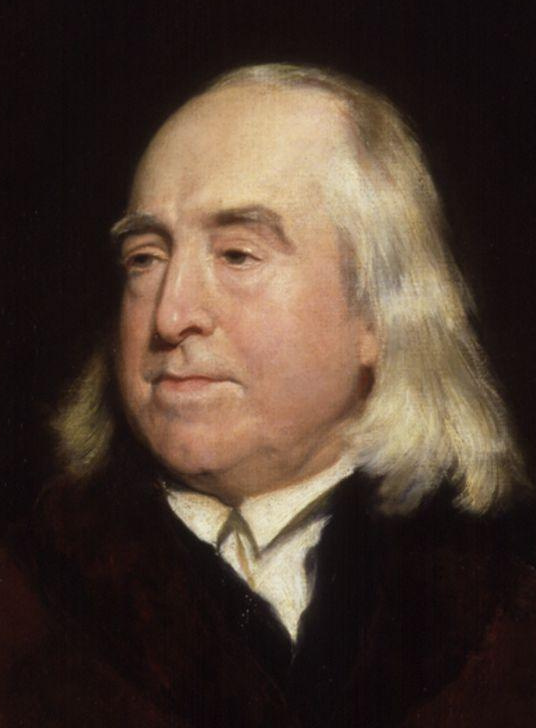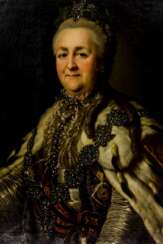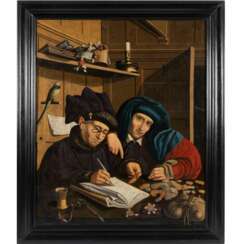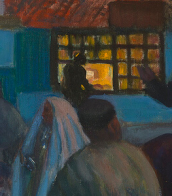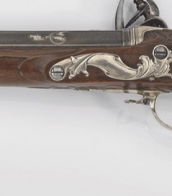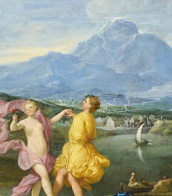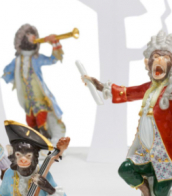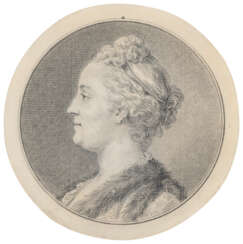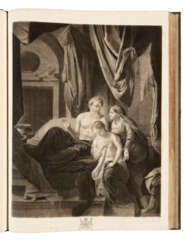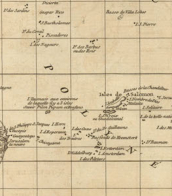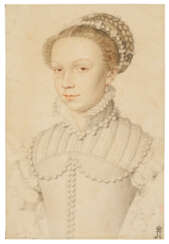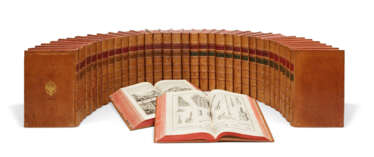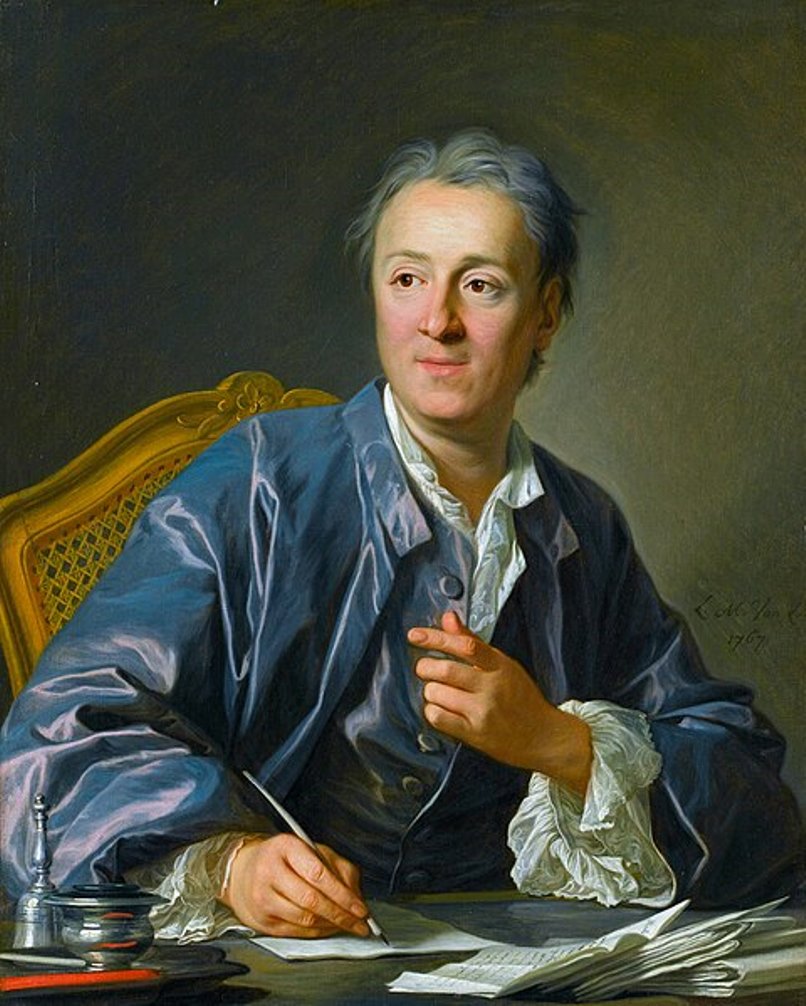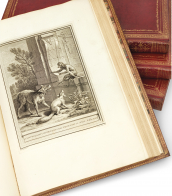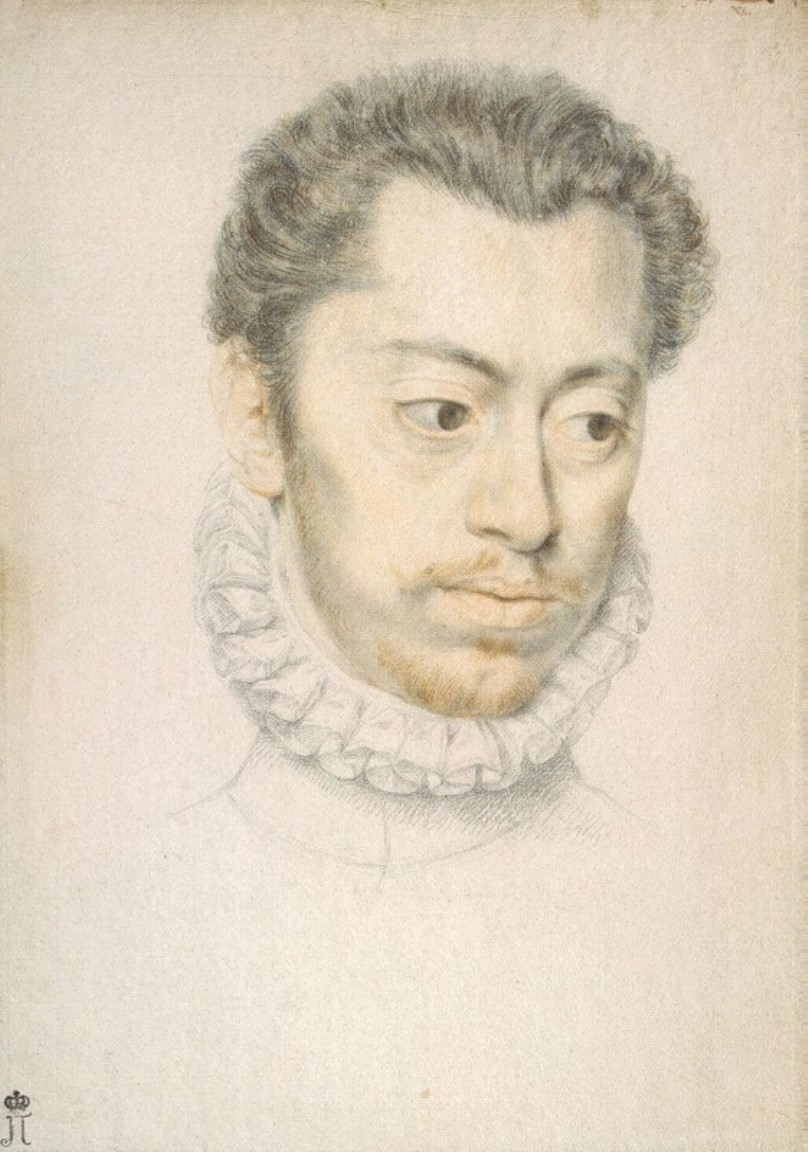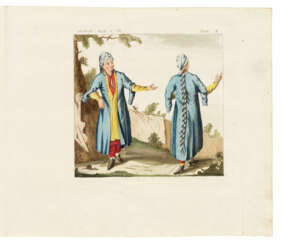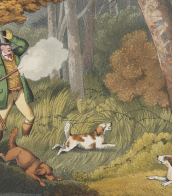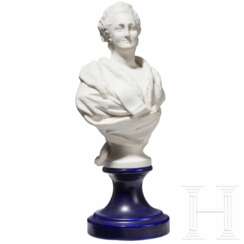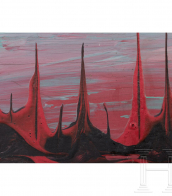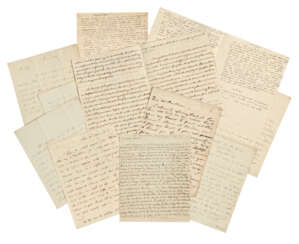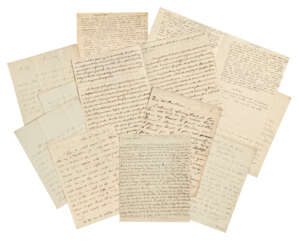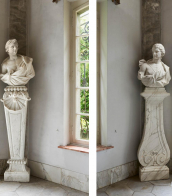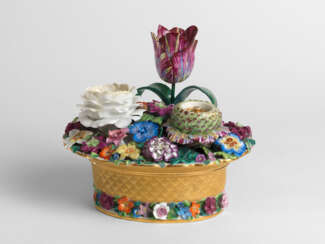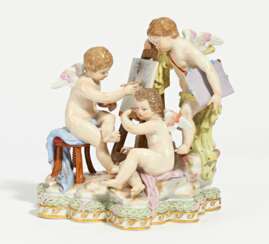catherine ii, empress of russia
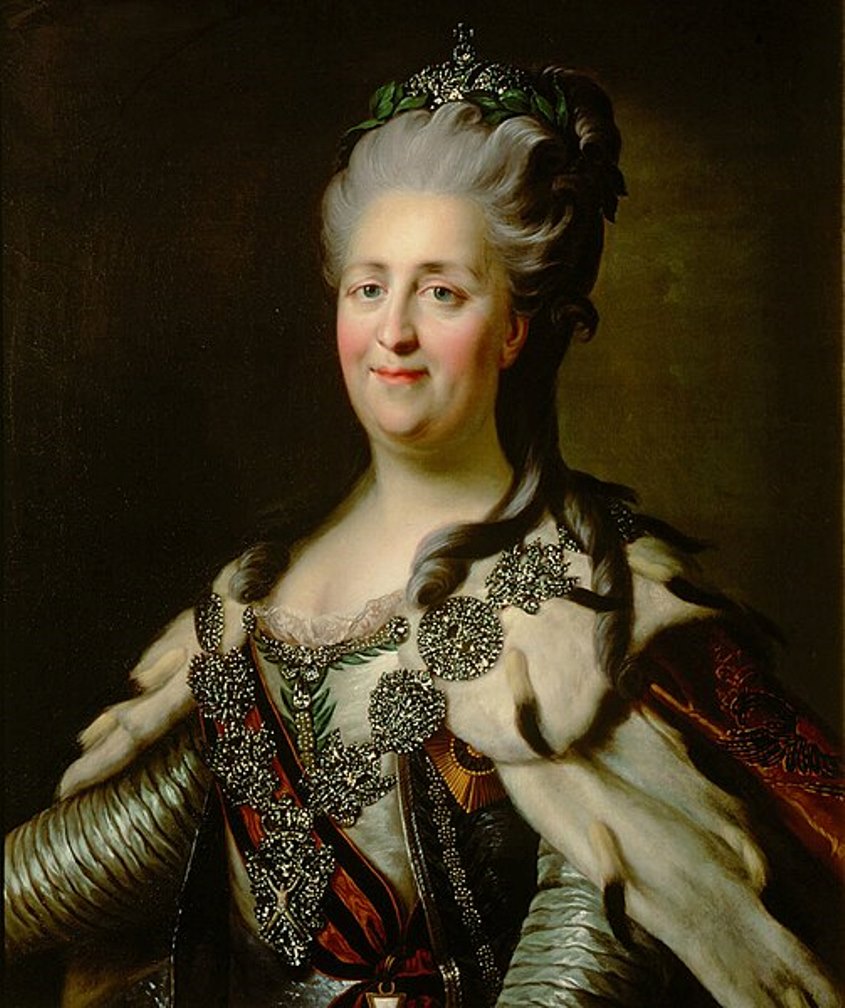
Ekaterina II, Ekaterina the Great; née Sophie Auguste Frederike von Anhalt-Zerbst-Dornburg, in Orthodoxy Ekaterina Alekseevna, was the Russian Empress and Sovereign of All Russia, mother of Emperor Paul I.
She was a niece of Swedish King Adolf Friedrich and a great-niece of Prussian King Frederick the Great. Sophie was a niece of the Swedish King Adolf Friedrich, and a great-niece of the Prussian King Frederick the Great. In 1744, at the invitation of Russian Empress Elizabeth Petrovna, she and her mother came to Russia, embraced Orthodoxy and was baptized with the name Ekaterina Alekseevna, and in 1745 married Grand Duke Peter Fyodorovich, the future Emperor Peter III. Immediately after arriving in Russia, Ekaterina II began to study the Russian language, history, and Russian traditions. She also read the works of the French enlighteners and works on philosophy, jurisprudence and economics, becoming a supporter of the ideas of the Enlightenment.
After the accession to the throne of Peter III, Ekaterina's relations with her husband deteriorated. Because of the threat of arrest and possible expulsion, Ekaterina decided to participate in the coup d'état, relying on the support of the Orlov brothers, Counts N. Panin and K. Razumovsky. On the night of June 28, 1762 Catherine secretly arrived in St. Petersburg and in the barracks of the Izmailovsky Regiment was proclaimed autocratic empress.
In the first years of her reign, Ekaterina II reformed the Senate, secularized church lands, which replenished the state treasury and alleviated the situation of a million peasants, abolished hetmanism in Ukraine, invited foreigners to Russia for the development of the Volga and Black Sea region. The Empress carried out important transformations in the military, social and financial spheres.
During her reign, Ekaterina II conducted two successful Russian-Turkish wars in 1768-1774 and 1787-1791, as a result of which Russia finally gained a foothold on the Black Sea. Having led an alliance with Austria and Prussia, Ekaterina participated in three partitions of Poland. In 1795, the empress issued a manifesto on the annexation of Courland to the Russian Empire. At the end of the 1780s, simultaneously with the Russo-Turkish war, the war with Sweden began, and in 1790 a peace treaty was signed, ending the Russo-Swedish war. In 1792 the Peace of Iasi was concluded, which consolidated Russia's influence in Bessarabia and Transcaucasia, as well as the annexation of Crimea.
Under the rule of Empress Ekaterina the Great, a whole pleiad of outstanding statesmen, military leaders, writers and artists appeared. Among them are Adjutant General I.I. Shuvalov, Generalissimo A.V. Suvorov, Field Marshal General G.A. Potemkin; enlightener, book publisher N.I. Novikov; historian, archaeologist, artist, writer, collector A.N. Olenin, President of the Russian Academy E.R. Dashkova.
Ekaterina II was buried in the vault of the Peter and Paul Cathedral. After 77 years in St. Petersburg on Alexandrinskaya Square was inaugurated a monument to the great empress. In the history of Russia she rightfully entered first of all as an enlightener.

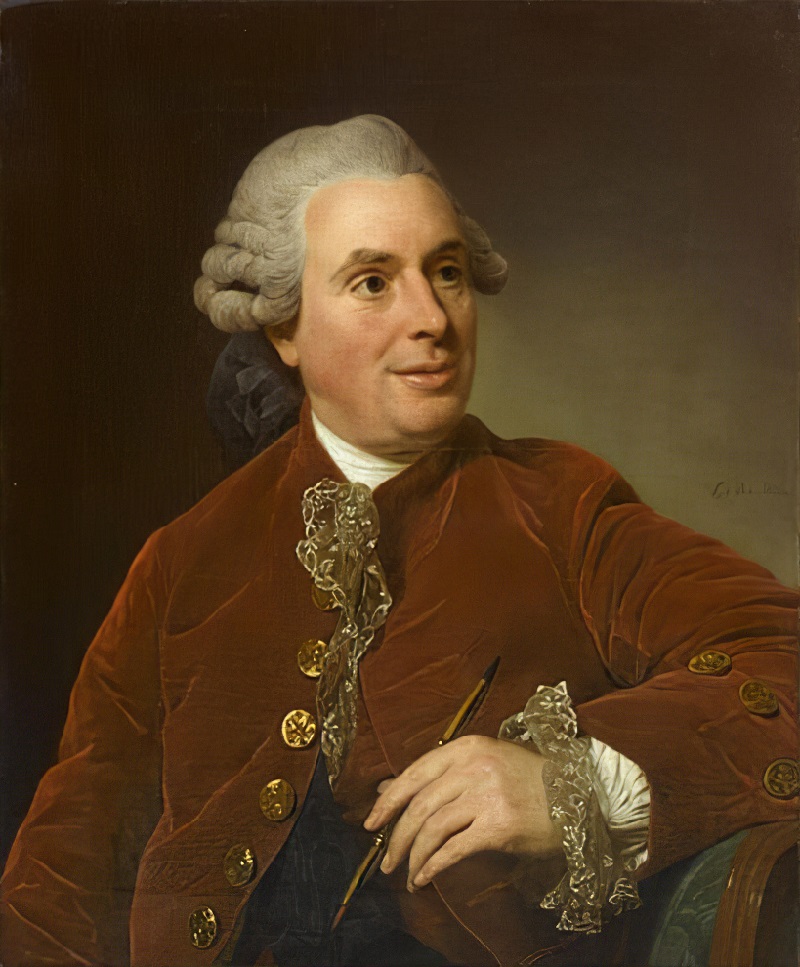
Charles-Nicolas Cochin was a French engraver, designer, writer, and art critic. To distinguish him from his father of the same name, he is variously called Charles-Nicolas Cochin the Younger, Charles-Nicolas Cochin the son, or Charles-Nicolas Cochin II.
More than fifteen hundred works by Cochin can be identified. They include historical subjects, book illustrations, and portraits in pencil and crayon. The richest collection of his engravings, apparently selected by himself, is in the Royal Library, now part of the Bibliothèque nationale.
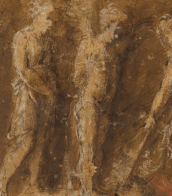
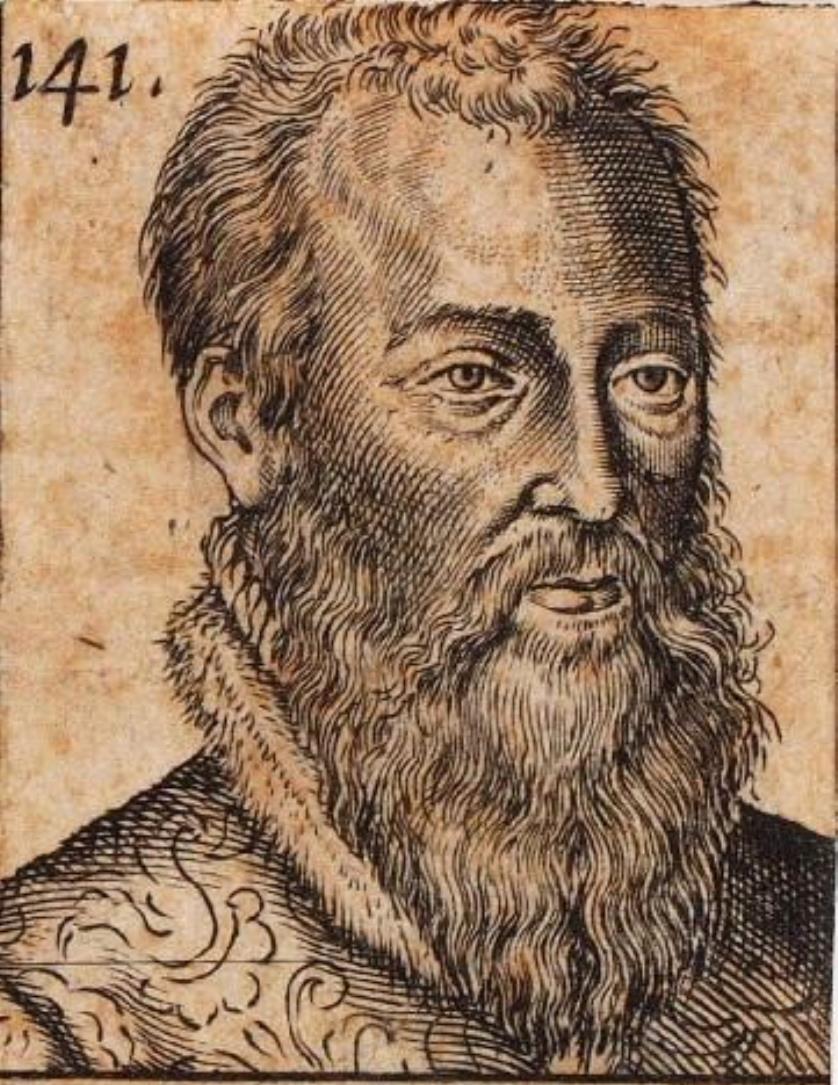
François Clouet was a major French Renaissance portrait painter.
François was the son of the painter Jean Clouet (1485-1540), from whom he learned painting. He became the favorite court portraitist of Kings Francis I, Henry II, Francis II and Charles IX.
François Clouet became famous for his mastery, accurately conveying the characters of people and meticulously painting their costumes.
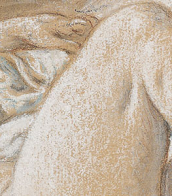
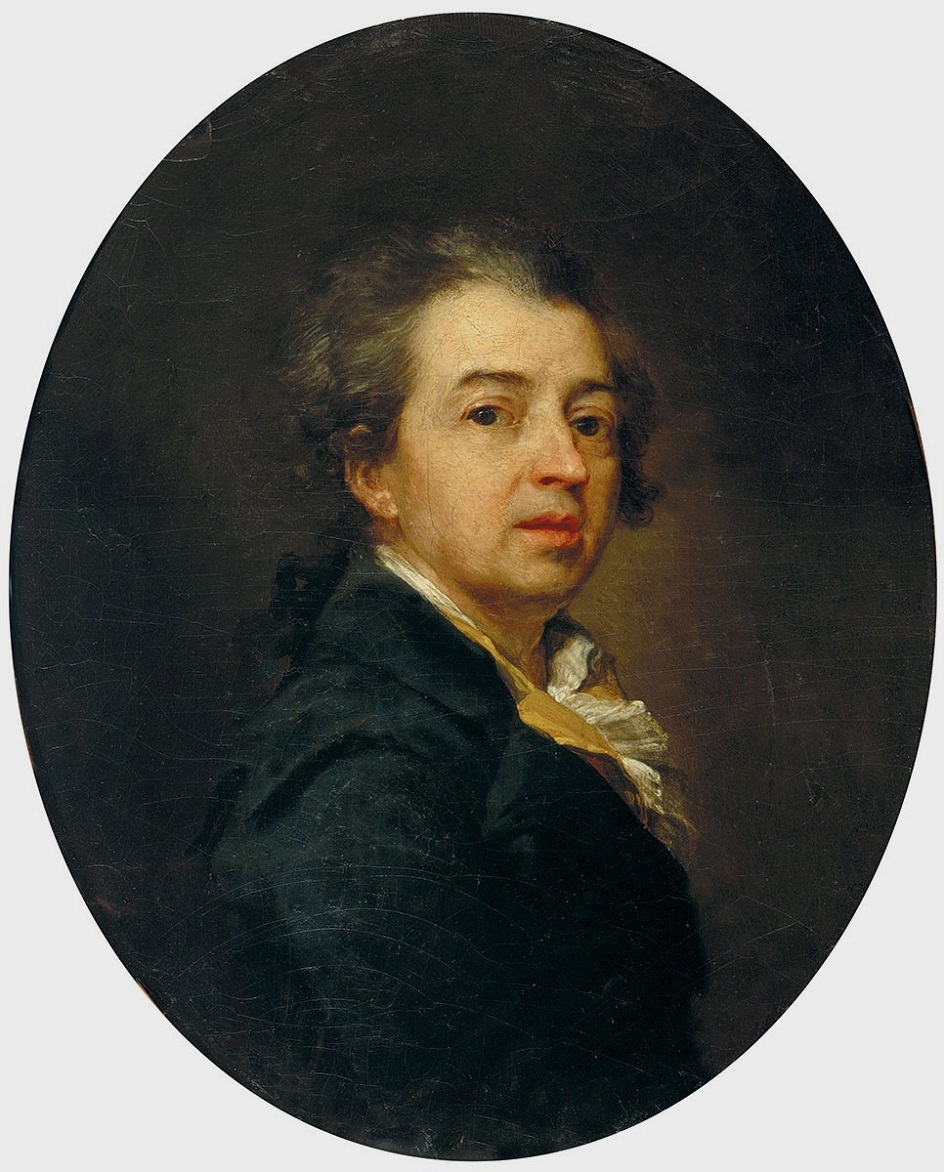
Dmitry Grigoryevich Levitzky (Russian: Дмитрий Григорьевич Левицкий) was an acclaimed Ukrainian-Russian portrait painter and academician born in May 1735, renowned for his exceptional contributions to the art of the 18th century. Originating from a family deeply rooted in the Ukrainian noble-priestly class, Levitzky's early exposure to art came from his father, Grigory Kirillovich Levitsky, a priest and an enthusiast in painting and engraving. This familial influence laid the foundation for Levitzky's artistic journey, which began in earnest when he assisted the prominent painter Alexey Antropov in Kiev, leading to his eventual move to Saint Petersburg.
Levitzky's rise to fame was marked by his unique ability to capture the essence of his subjects, combining exceptional technique with a fresh approach to portrait painting. His most notable works include portraits of significant figures from the Russian elite, such as Catherine II as the Legislatress in the Temple of the Goddess of Justice and portraits of the Smolny Institute's young ladies. Despite the grandeur and recognition that these works brought him, Levitzky faced financial struggles, spending his final years in poverty, a testament to the often-precarious nature of artistic acclaim.
His legacy, which had waned by the 19th century, was revitalized in the 20th century by art historian Alexander Benois, who positioned Levitzky among the pantheon of European Enlightenment artists. Levitzky's work is celebrated for its technical mastery and unique contribution to Russian and European portraiture, leaving an indelible mark on the artistic landscape of his time.
For collectors and experts in art and antiques, Levitzky's paintings are not just artistic achievements but also historical narratives captured in oil, reflecting the complex socio-cultural dynamics of 18th-century Russia. His portraits, housed in prestigious museums and galleries worldwide, continue to be studied and admired for their elegance, detail, and historical significance.
To stay updated on new findings and auction events related to Dmitry Grigoryevich Levitzky's works, sign up for updates. This subscription will ensure you're informed about sales and auctions where you can acquire pieces by this master portraitist, offering a unique opportunity to own a piece of art history.
